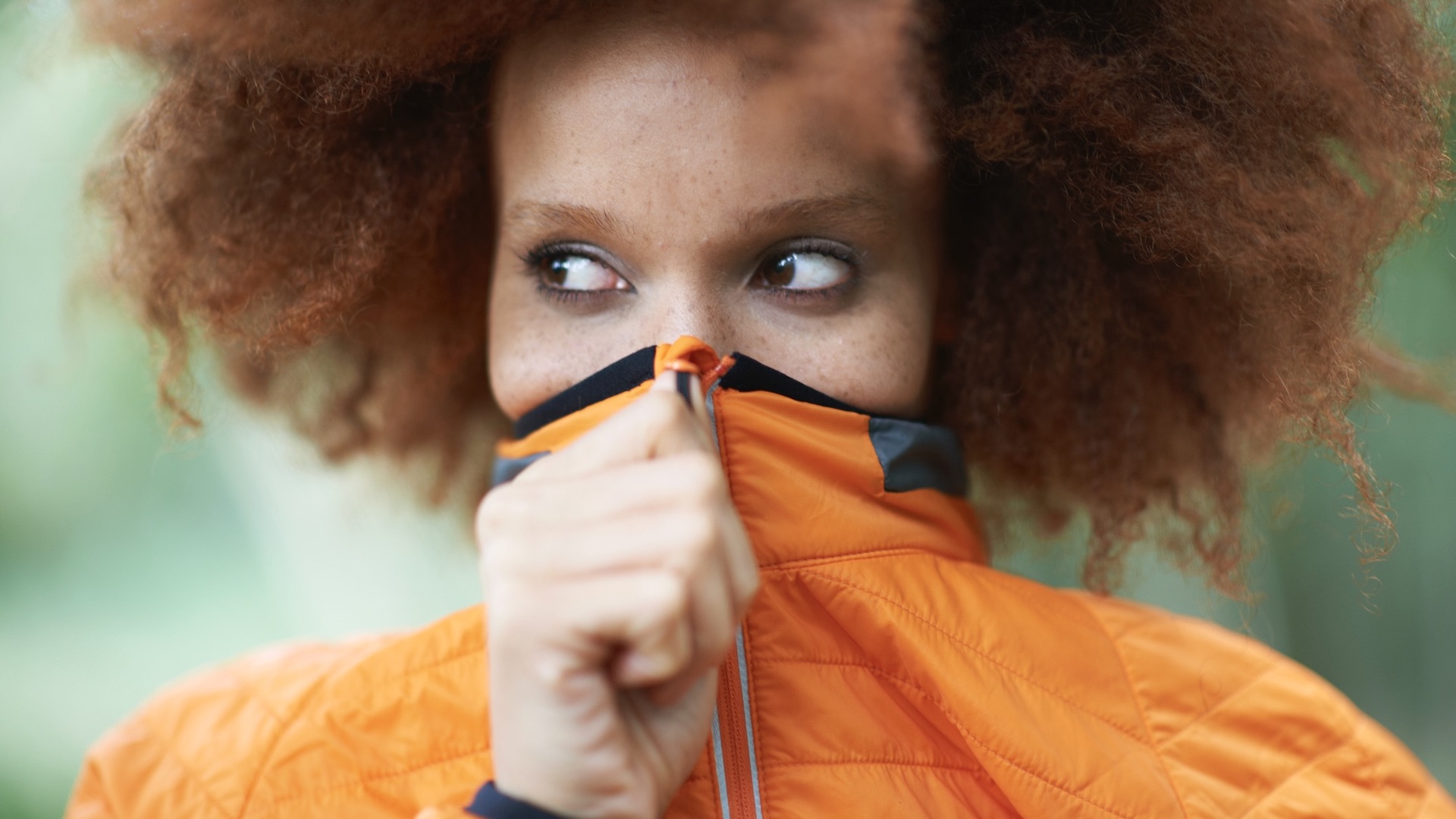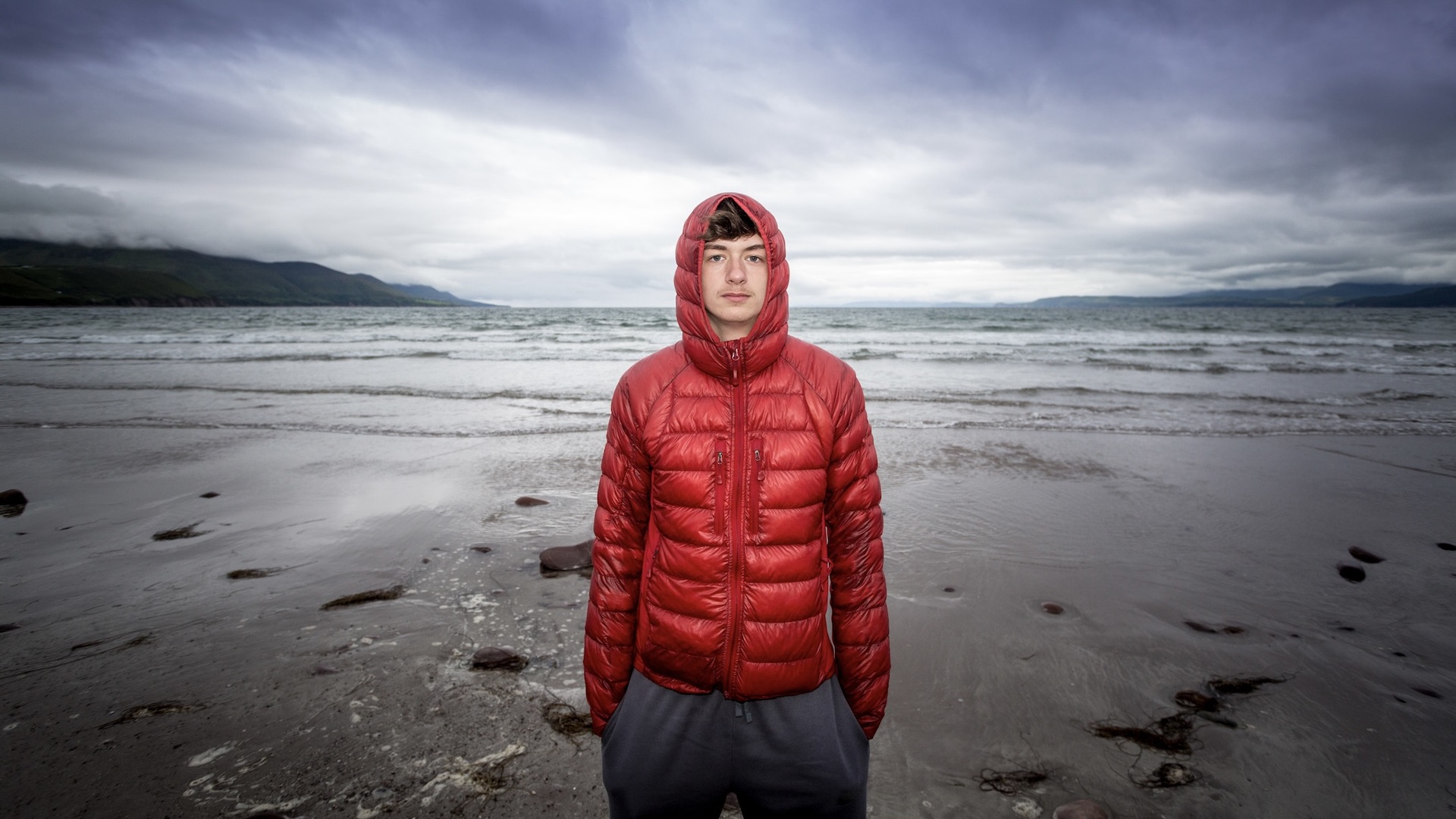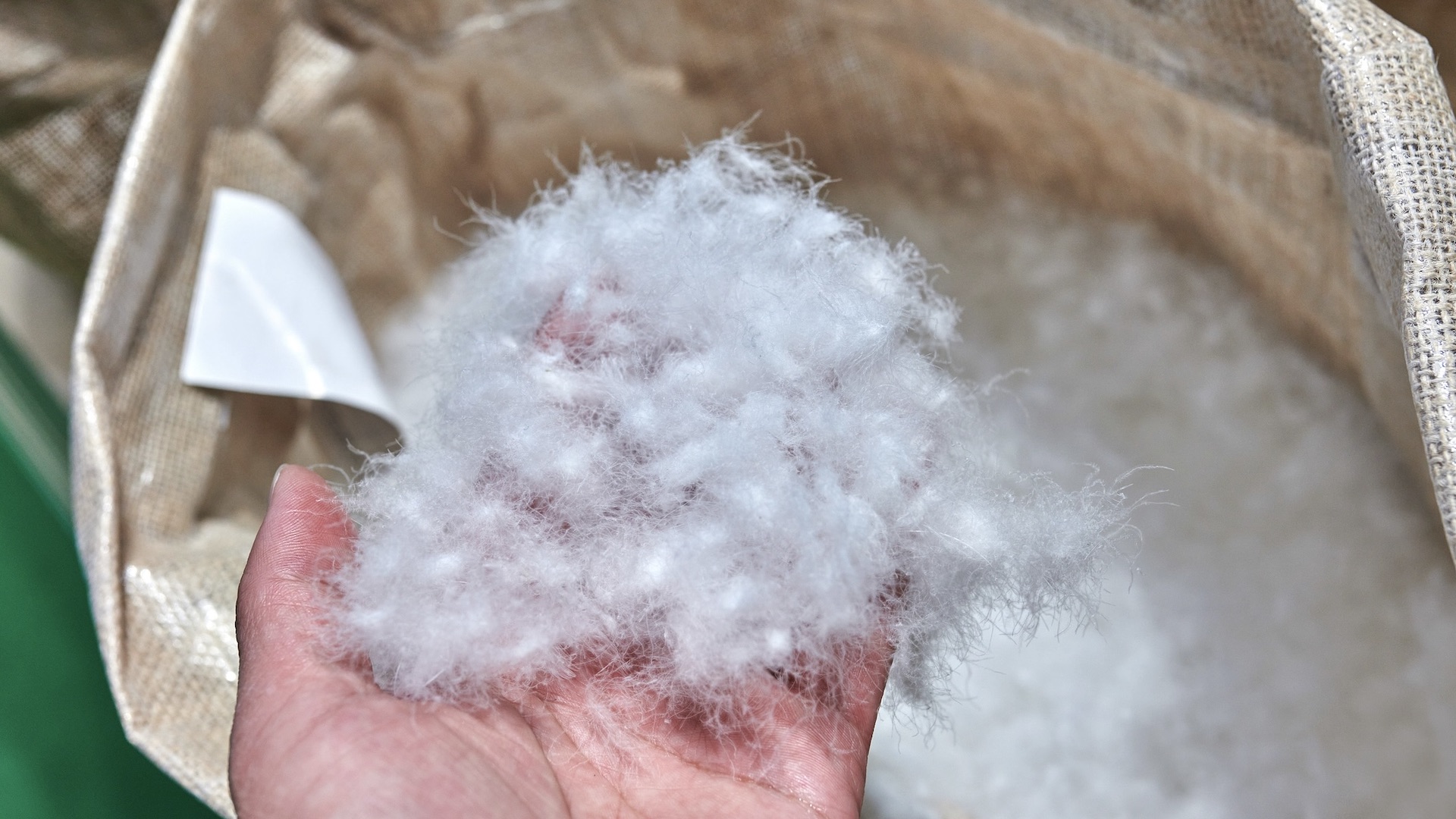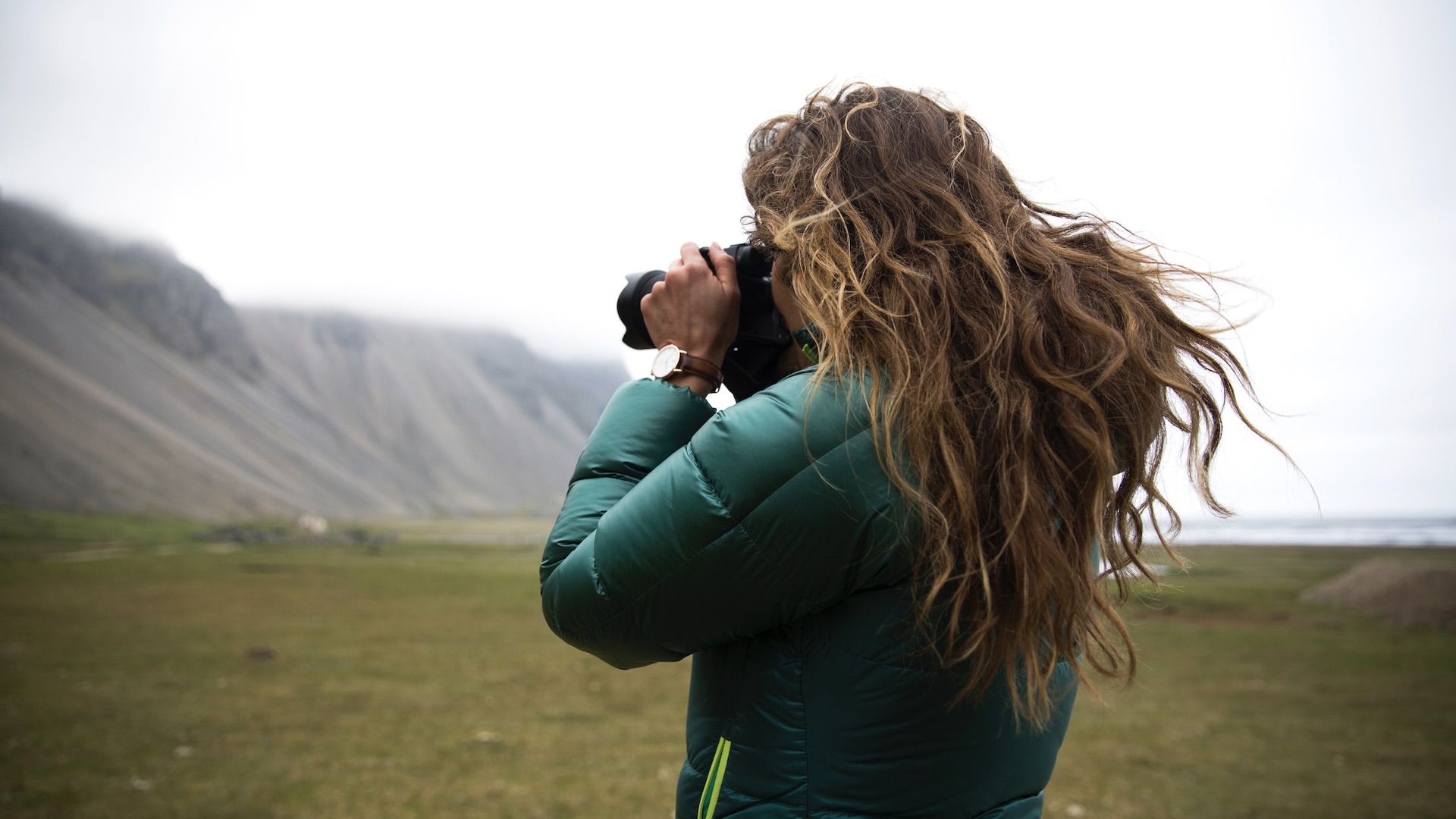
A puffer jacket is a staple of the outdoor enthusiast’s wardrobe. Useful year-round, a puffy jacket provides insulation in cold weather and when the wind is chilly. Puffer jackets – also called insulated or down jackets – are versatile because they are sold in a range of thicknesses and insulation levels.
This means that in the summer, you might choose to wear or pack only a lightweight puffer jacket when hiking. This type of lighter insulated jacket should be enough to keep you warm at higher elevation, or when you stop mid-hike or run for something to eat and you want to prevent a sudden drop in body temperature.
In winter, a puffer jacket is an essential item of kit for almost all activities. To stay safe in the outdoors, you need to be able to protect yourself from the cold and a good quality insulated layer is one of the best products. You will probably want a down or synthetic jacket with a heavier fill of insulation compared to the summer version. It’s well worth learning how to choose a puffer jacket.

First, let’s consider the price range of down jackets in three of our guides to the best. In our guide to the best down jackets, the cheapest option is the Rab Microlight Alpine, with an RRP of £195, while the most expensive is the Klättermusen Bore 2.0 is priced at £650.
In the best women’s down jackets and puffers, the cheapest puffer jacket is the Keela Talus at £140, while the most expensive is Columbia Mount Si Down Waterproof Parka at £345.
Meanwhile, in our guide to the best synthetic puffer jackets 2023, the Alpkit Kanyo is priced at under £100, while the Arc'teryx Atom LT Hoody is £300.
But what are the differences between budget puffer jackets and more expensive puffy jackets and are there situations where a budget puffer jacket will be sufficient?
What makes puffer jackets so expensive?
One of the biggest reasons why a puffer jacket is more or less expensive is the type of insulation used and the amount of “fill”. Fill usually refers to the quantity of insulation in a product. Broadly speaking, that’s synthetic or down and, in most cases, synthetic is likely to be cheaper than down. Likewise, it stands to reason that the greater the “fill”, the more the jacket will cost.
There are advantages and disadvantages of down versus synthetic insulation, such as warmth-to-weight ratio (usually down is warmer and lighter); the fact that synthetic insulation is still effective when wet while untreated down can become soggy and damp; as well as the eco and ethical credentials of different insulation products.
Some well-known brands command higher prices, while research and development of new products can lead to higher costs, which are then passed on to the consumer.
Further more, there are features that can push up the cost of a puffer jacket, such as water-resistant or water-repellent down, waterproof outer fabrics, breathability, pockets, zips and a hood. Some brands use what they call “body mapped" designs, where insulation is placed in areas of the jacket that you most need it, while allowing other areas to provide greater breathability.
When it comes to the weight of a down jacket, it is not always the case that the lighter the product, the cheaper it will be. Lightweight can mean more research and development costs, while products that provide high warmth-to-weight ratios may be more costly to manufacture. In the same way, a puffer jacket with higher levels of warmth might cost more because of the quality of insulation required.
Another factor when considering what makes puffer jackets so expensive is the environmental and ethical considerations. Many processes that reduce the impact on the climate and carbon emissions, as well as employing a Fair Trade workforce, can cost more.
Do you even need an expensive down jacket?
Whether you need an an expensive puffer jacket, or not, depends on the activities that you will be doing. If you are planning a short, easy-going walk in cool conditions, a simple and relatively inexpensive insulated jacket should be sufficient. For example, you might not even need a puffer jacket with a hood and, in this case, you will usually find that a jacket is cheaper without a hood, if there is this option.
A lightweight synthetic jacket can often be enough to keep out cold air and a cool breeze in fair weather.
Durability of a product can affect the price. A well-made jacket with fabrics that a created to be abrasion resistant may well be pricier than one made with lighter-weight and thinner fabrics.
However, if you plan to be hiking, mountaineering or skiing at higher altitude and in winter, or you will be spending a longer duration outdoors, the chances are you will need a puffer jacket that has more “fill”.
An insulated jacket with a higher fill level that is also lightweight usually commands a higher price. Whether you need such a jacket, with its high price tag, depends on your personal requirements. If you are keen on fast-packing activities, warmth and weight will be important considerations and many people look for a lightweight puffer jacket that is also warm and highly packable.
Also, you should ask yourself whether you get especially cold and consider the weather forecast. If it will be particularly cold, windy, wet or snowy, you may well need to wear a puffer jacket that has a higher technical spec.
In general, the more technical and warming a jacket, the greater the cost is likely to be. In contrast, a simpler lightweight jacket with synthetic fill, while cheaper, is unlikely to keep you warm for many hours spent on a mountain in tough winter conditions.
One solution could be to layer up with two budget priced puffer jackets but, in the end, the price of the two jackets may well end up being similar to buying one higher tech product.
If you are keen to buy outdoor products that are designed and manufactured to be more environmentally and ethically friendly the chances are you will pay more. This is not always the case but there is often a price to pay for research and development and also more eco-friendly manufacturing processes. Beware, however, of paying extra for greenwashing.
Puffer jackets with extra features, such as a Gore-Tex membrane, two-way waterproof zips, body-mapped insulation etc can be more expensive and you need to decide whether these features are important to you and worth the extra money.

Which budget down jacket brands are good?
Most brands offer a range of insulated jackets at different prices and for activities in different seasons. A lighter weight three-season jacket will often be cheaper on average than higher fill winter specific jackets.
The best jackets to recommend are those that we have tested and reviewed. Taking a look at the cheaper jackets listed in our best buys for different types of puffer jackets, you’ll see that while they cost less they do still score well on a number of important features.
The Rab Microligth Alpine jacket boasts 700-fill recycled hydrophobic down and DWR treated outer fabric. Our reviewer rates it well for value, warmth and water-resisting features. One negative is that the jacket seems “slightly prone to losing down over time” but for the price it could be a more budget-friendly choice for a warm winter puffer jacket.
There is also the Keela Talus, with synthetic 60gsm Primaloft Gold fill, in the women’s best buy review guide, which scores well as a jacket that is warm, although not as warm as pricier jackets on test, and durable. Other plus points are water-resistance, a helmet-compatible hood and stretchy side panels.
You can buy the Alpkit Kanyo for the relatively budget-friendly price of £100 if you are not looking for winter warmth. The jacket is rated by our reviewer for being great value and sustainably produced. It provides lightweight insulation – 60gm Primaloft Silver Eco – that is best suited to spring, summer and autumn activities rather than winter and doesn’t have a hood.

Is it worth buying a budget down jacket?
If you are looking for a puffy jacket to keep you warm in milder conditions and you are not a slave to the big name brands then a budget jacket could be a good choice.
Make sure that in terms of safety in the hills and mountains that you have adequate layering for staying warm. There is potential danger, even life-threatening, if you do not have enough clothing to stay warm. At best, you will end up miserably cold and chilly and, at worst, you could suffer hypothermia should conditions deteriorate or you suffer an accident and need to wait for emergency rescue.
You could add a budget puffer jacket to your hiking or running pack, alongside another cheaper jacket or as well as a more expensive jacket. In this way, you can layer up for warmth and stay safe when out on an adventure, but for less financial outlay.
A budget puffer jacket could be useful as lightweight warmth and protection when running. If, for example, you are planning a run and you know you might be stopping every so often or that you are heading to higher altitude in the hills and mountains where it could be colder, then a simple budget-friendly insulated layer will be very useful.
Another time when it might be worth buying a budget puffer jacket is when you need a thinner insulated layer under a waterproof jacket. This might happen, for example, on a summer mountain hike. Having spare layers, even if they are lightweight and with few technical features, will bring warmth and comfort should it become cold or breezy. Adding a waterproof jacket on top keeps out the rain and wind, too.
A budget puffer jacket is also a great item for more casual occasions, such as a country stroll to a pub or when attending an evening barbecue. Many people wear an insulated jacket indoors in winter as a way to reduce domestic fuel prices.
More tips for buying budget down jackets
Think carefully about what you will need in a puffer jacket to stay warm when enjoying different activities and in various seasons.
Consider whether you will need breathable areas of the jacket to allow the damp of sweat to escape.
When buying an insulated jacket, think about what technical features you actually need and which ones you don’t. Maybe, for example, a hood is not essential, nor pockets.
Can you double up a couple of budget puffer jackets for enough warmth, or add a waterproof jacket to protect you from the wind and rain while also staying warm?
Look for jackets in the sales or discounted because they are last season’s model.
Buy second-hand and reduce the impact of manufacture of outdoor goods on the environment, while also reducing the amount of waste in the world.
- The best waterproof jackets: tested and rated in tough conditions







